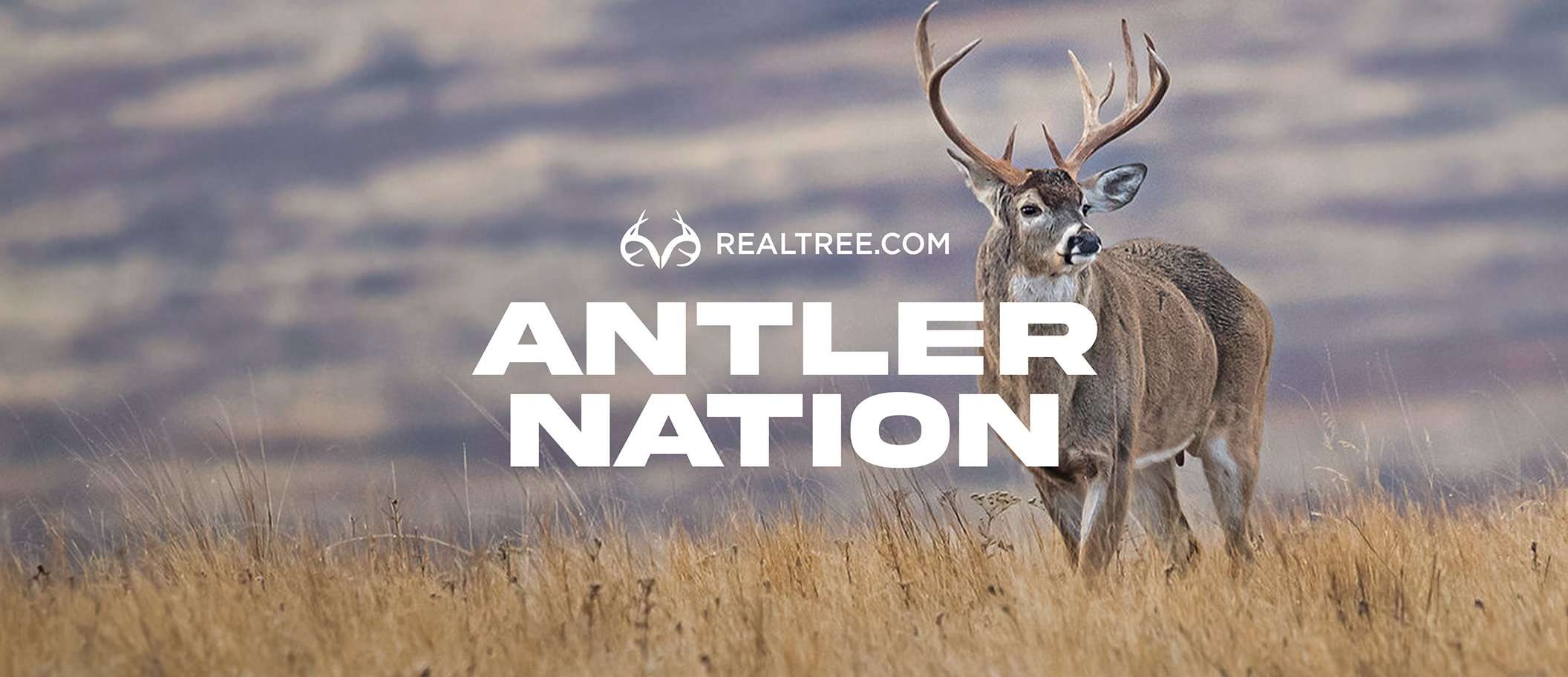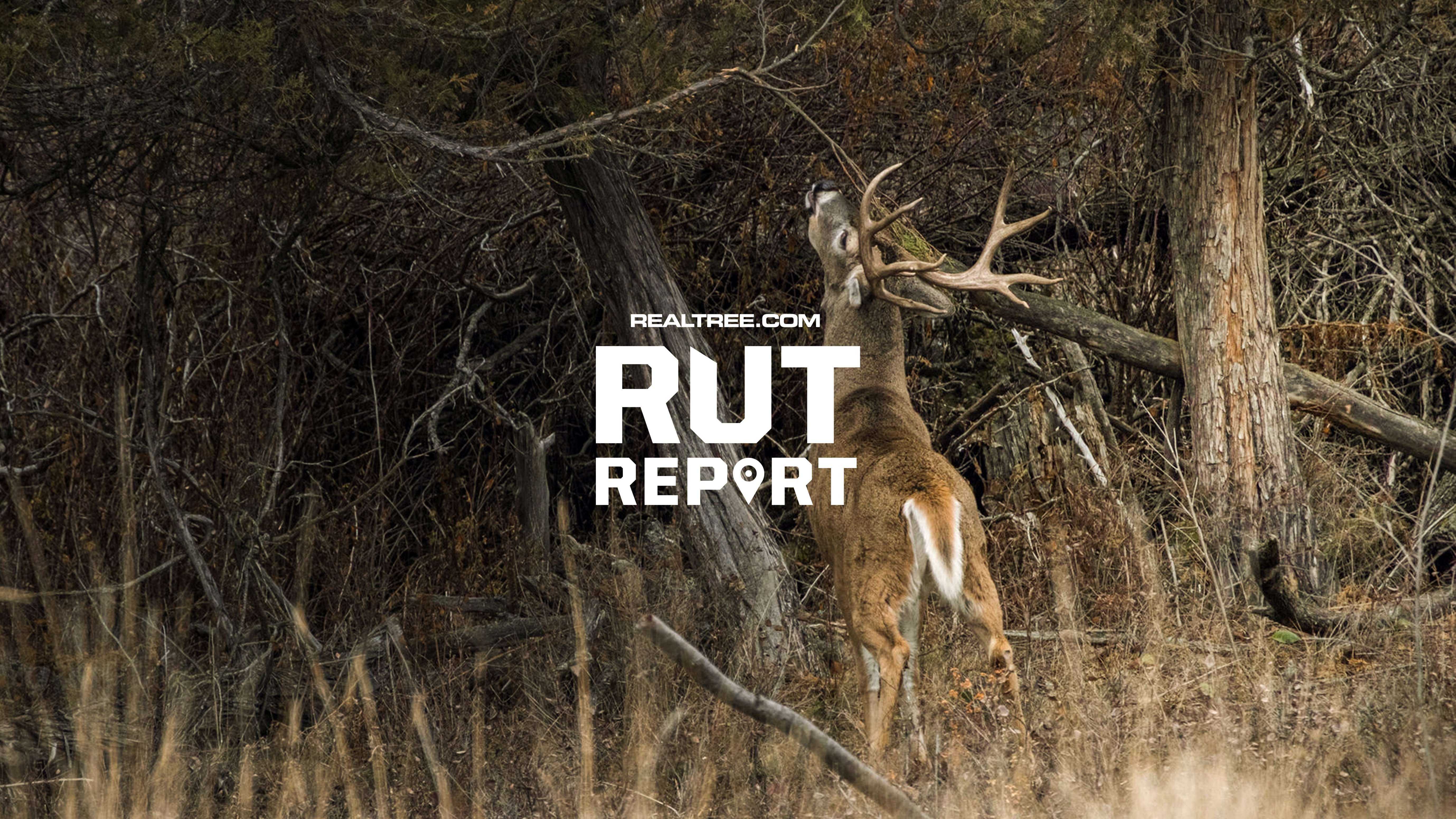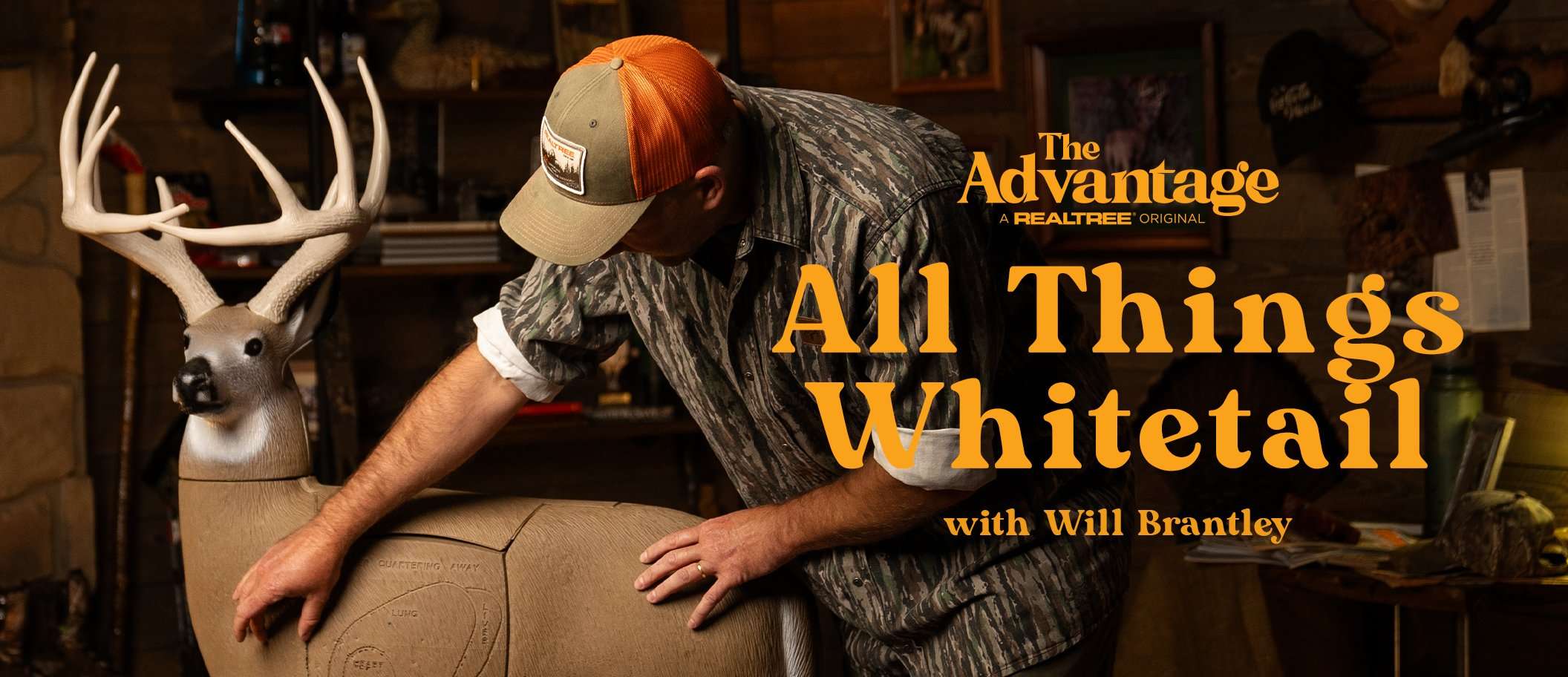There’s opportunity to hunt dogs right outside your back door. However, these educated coyotes don’t come easy, so you might have to adjust your tactics
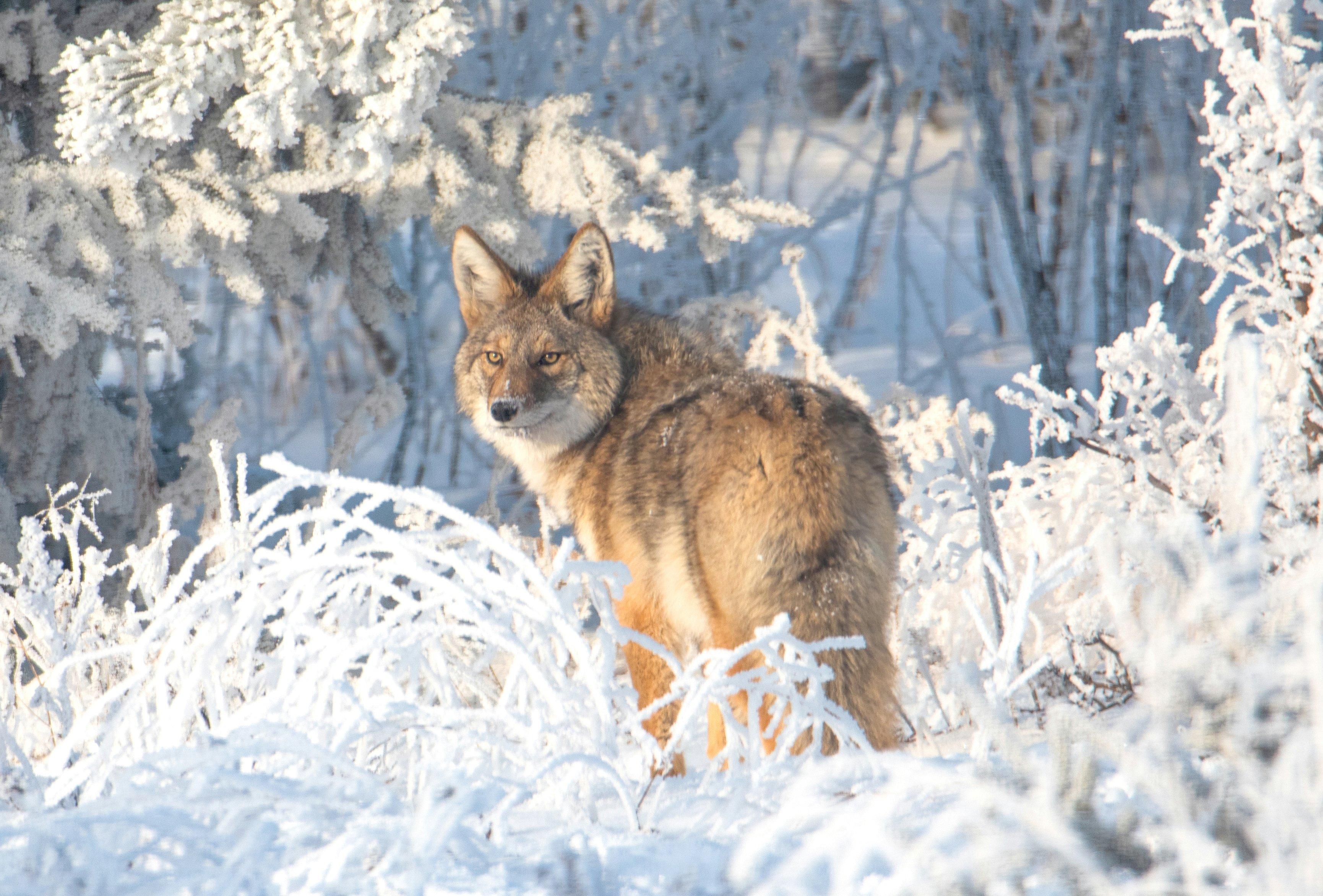
Coyotes are highly adaptable and can survive in a wide variety of habitats, including urban areas. Photo by Krista Marie T.
I suppose somewhere there might be a patch of land where coyotes have never been hunted and run full tilt toward a distress call at midday, but I’ve never seen such a place. One factor that has bolstered the coyote’s amazing success as a species during the past century is that these canids have learned to live in proximity to humans while avoiding danger. In other words, dumb dogs don’t survive long. Coyotes are masters at adapting to and exploiting any environment — including on the fringes of human settlement.
Hunting today’s educated coyote, which has grown up around humans and has been hunted before, requires special skills for success. Here are five keys that will help you outsmart the savviest coyotes.
KNOW WHAT TO LOOK FOR WHEN SCOUTING
Experience is the best teacher when it comes to identifying likely coyote habitat, but there are some critical features to look for when searching for a coyote hunting spot. The most obvious is coyotes themselves, but I put very little faith in sightings of a single coyote wandering through a field. Coyotes have big home ranges and travel often, so I’m less concerned with the fact that there was a coyote seen crossing a field and more concerned about where that coyote has been and where it’s going.
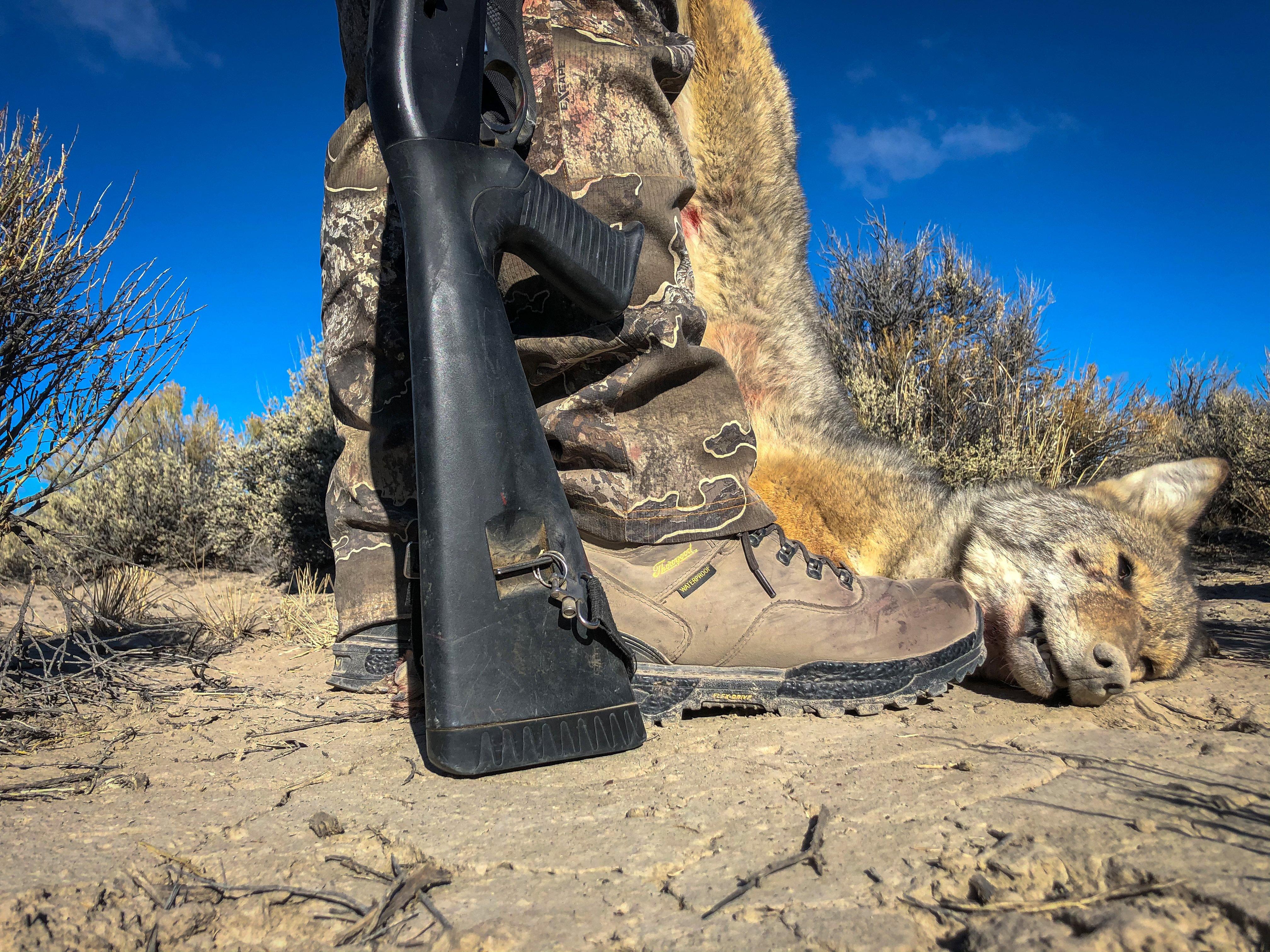
Look for trails that coyotes are likely using and try to intercept them as they travel between their hangout spots. Photos by TFL Productions/Tom Rassuchine.
In short, look for features that attract coyotes. Features such as round bales and downed logs that span creeks are universal coyote magnets, but each area of the country has certain local hotspots where the ‘yotes hang out. For example, on a helicopter hog hunt in Texas during the spring calving season, friends and I could count on busting a few dogs from dense cover near cow pastures. The coyotes were hanging within a couple of hundred yards of the heifers and their newborn calves in the thickest cover they could find, and if we buzzed the heavy mesquite bush near a herd of cows with newborn calves, we could almost count on bumping a coyote. In my home state of Ohio, coyotes seem to have an affinity for culverts. I don’t know whether this predilection is defensive or predatory in nature. Maybe coyotes simply think culverts are neat. Whatever the reason, I always put a big red X on any large culvert in my mental map of a hunting location.
Don’t Miss: 4 Guns Every Coyote Hunter Needs
Sign is important, but don’t just get hung up on the obvious indicators such as tracks, scat, and den sites. Seek out coyote fence crossings where silver-tipped hair is frequently caught in the wires. I’ve had good luck hunting low spots such as creek bottoms and drainage ditches, because coyotes seem to have an uncanny knack of hiding out in low spots (which perhaps explains their fascination with culverts). Find trails that lead from one coyote hangout to another, and do your best to intercept dogs traveling from point A to point B.
PLAY THE WIND — INCLUDING THERMALS
Although deer hunters obsess about wind speed and direction, many coyote hunters I know don’t seem to care where the currents carry their odor, and that’s a huge mistake. I believe coyotes are at least as careful about playing the wind as whitetails, and every coyote that has ever been called to eventually figures out that a quick half-circle will reveal whether that distress call is coming from a real rabbit or a hunter.
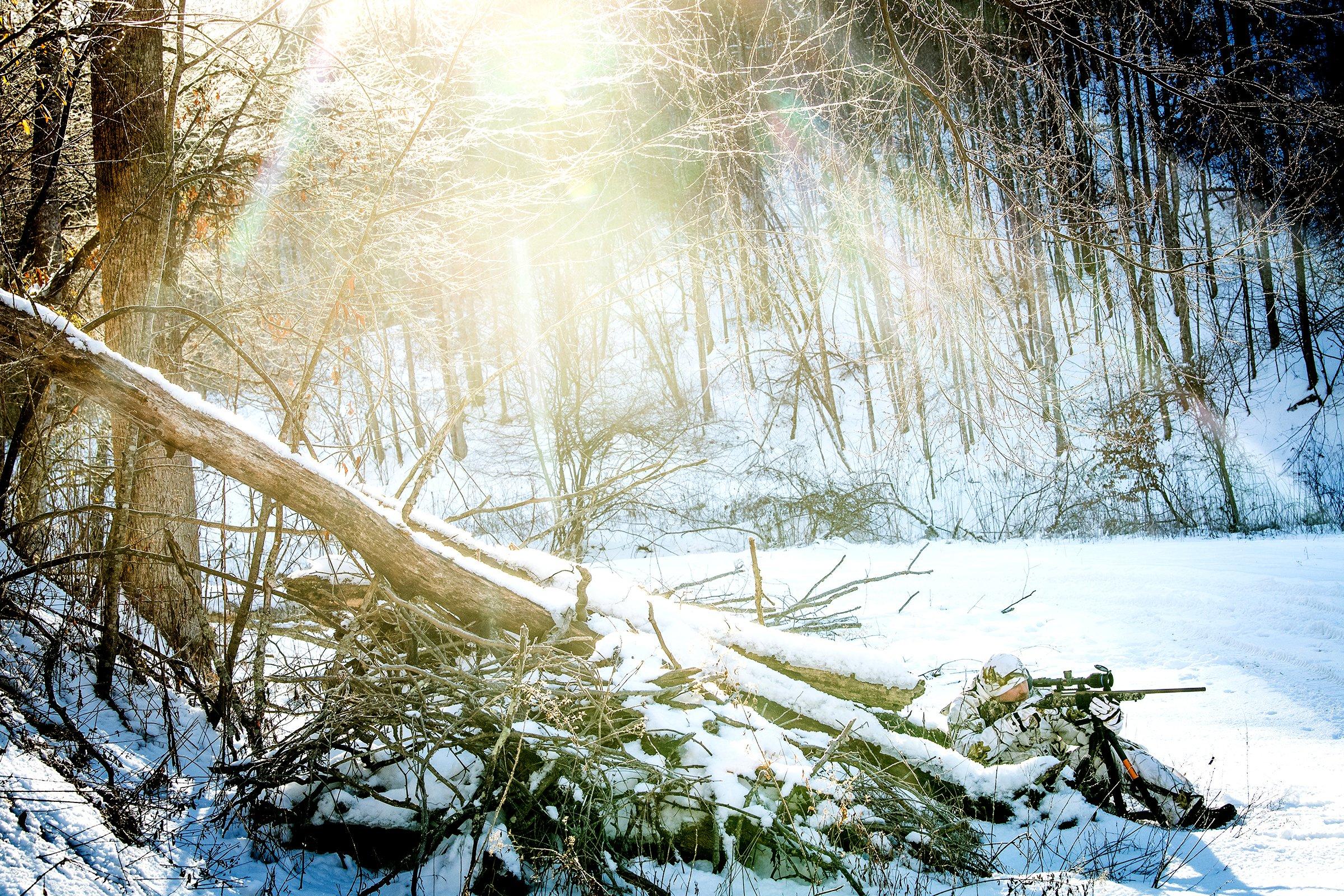
A coyote hunter should set up in a location that makes the coyote work to pick up his scent. Photo by Pulsar.
The problem, though, is that by traveling upwind of potential prey, coyotes are pretty hard to fool. The best solution that I’ve found is to make a coyote work to get your scent. I want the wind to be blowing in a direction where the terrain is wide open and a coyote simply has to reveal himself if he’s searching for my scent. You can also use human settlements as a buffer to prevent a coyote from circling on you. For example, I have a friend who regularly hunts coyotes on his family farm, and he uses an old dairy barn as a scent buffer. By positioning himself a hundred yards upwind of the barn, he makes certain the only way a coyote can catch his scent is to circle through open farmland by the house, which they’d prefer not to do.
Don’t forget about thermals, either. As air cools in the evening, it drops to lower elevation. By midmorning when things warm up, the thermals switch direction and blow uphill. It makes sense that coyotes position themselves low in the late afternoon while hunting and relocate uphill during the day when thermals change. A coyote that manages to circle downhill from you early in the night will catch your scent even though the prevailing wind might be blowing in a different direction.
SPEAK SOFTLY
There’s an unknown hunter who chases coyotes on the farm across from ours, and though I don’t know his name, he never needs to tell me when he’s in the woods. I’ve come to recognize the distressed rabbit call he plays on high volume while hunting. If I recognize the call as a fake, don’t you think coyotes can do the same? The point is every coyote has probably heard a local hunter blaring cottontail screams on a repeating loop since they were pups following close behind their mother’s bushy tail.
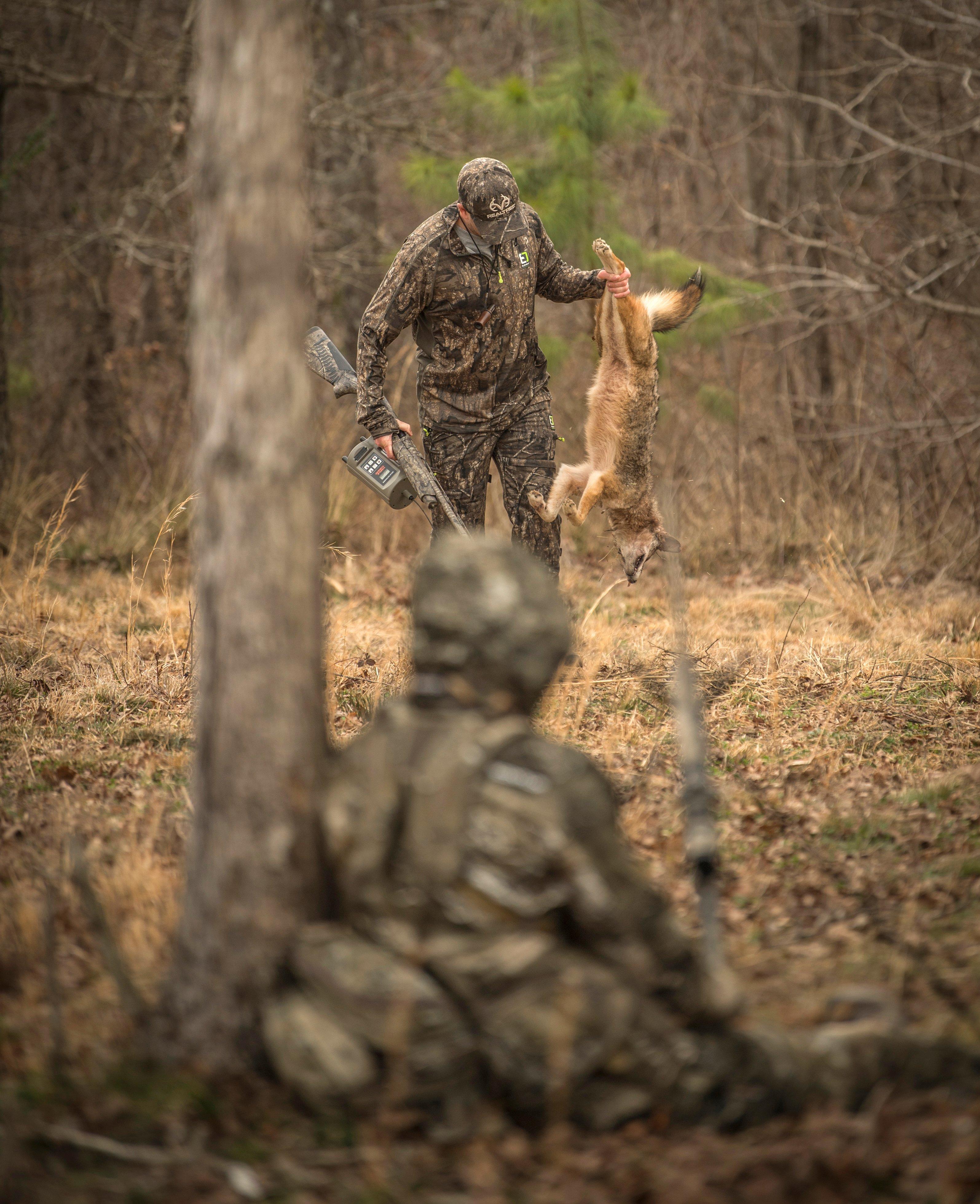
Subtle and sporadic calls can be more effective at attracting coyotes than loud constant calling. Photo by Realtree Media.
It's time to change things up, and that starts by changing volume. You don’t need to peel the bark off the cottonwoods with your ear-splitting rendition of a rabbit’s death song. Subtlety goes a long, long way toward killing coyotes, so ease up a bit. You can increase call volume over time, but do so very gradually, and give the call a rest from time to time. The best callers I know generally call sparingly, knowing which sounds to make and only making enough noise to catch a coyote’s attention and attract him to the site.
I can’t tell you how long it’s been since I used a cottontail distress call to kill a coyote. I suppose I don’t try anymore because I know coyotes have heard it so often. I have the best luck with bird calls such as woodpecker distress, and I like to use them sparingly. During denning season, I use pup distress calls, and I stick with a single challenge call during the winter mating season. Even a simple mouse squeak works very well provided you slip into the area quietly and don’t blow the dogs out. You’d be surprised what a few mouse squeaks and some patience will accomplish in the coyote woods.
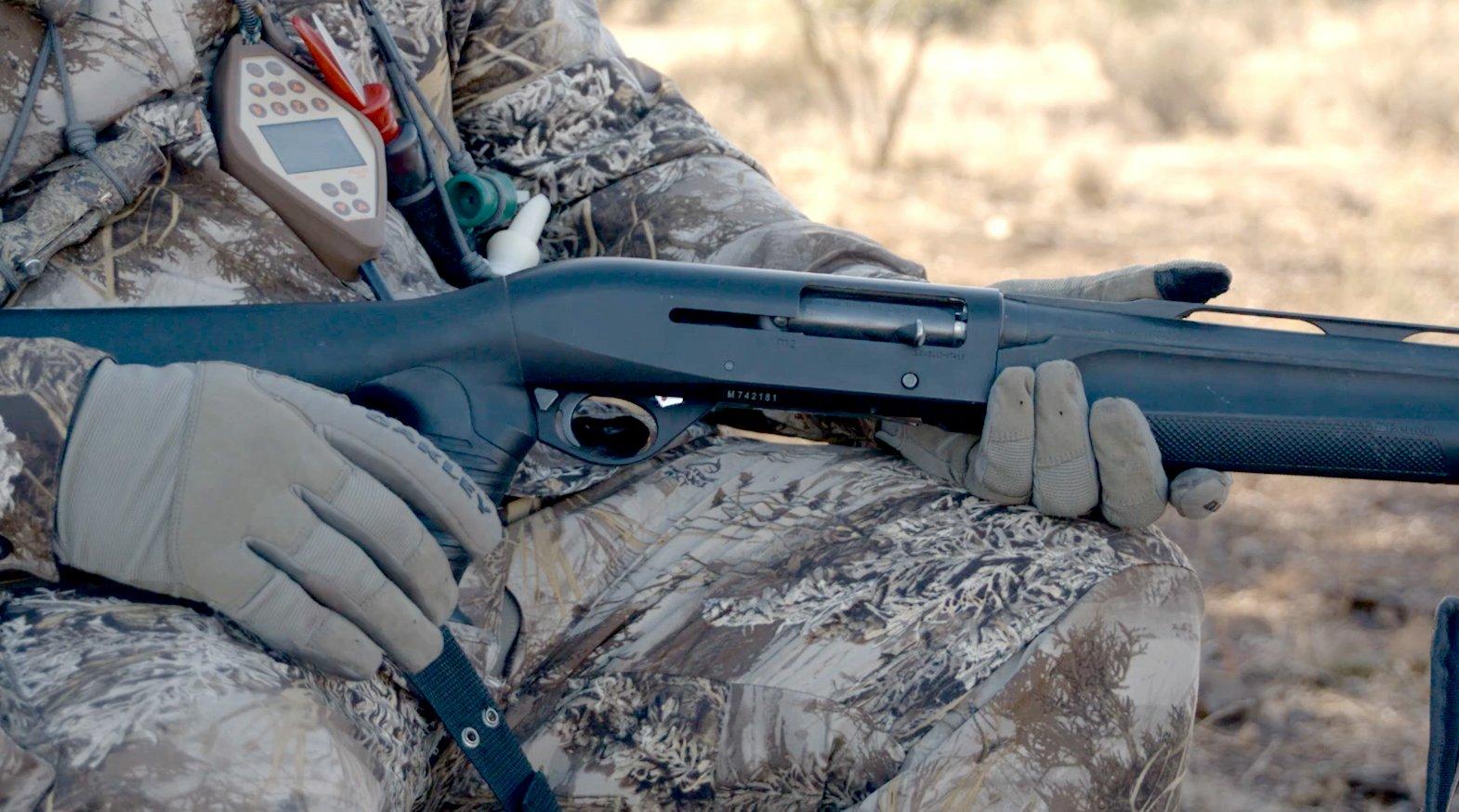
More stuff doesn’t necessarily make you a better hunter, but good gear can increase your odds of success. Photo by TFL Productions/Tom Rassuchine.
UPGRADE YOUR EQUIPMENT
To be clear, I’m not one who believes simply buying more stuff makes you a better hunter. I believe skill and experience are generally far more important than gadgets and toys, but there have been some very important improvements to coyote hunting gear in recent years, and these products offer the potential to improve your odds of success almost immediately. Specifically, I’m talking about suppressors and thermals. The thermal revolution has forever changed coyote hunting, and I’d much rather hunt with a thermal these days than without one. Thermal optics eliminate the need for artificial light and let you hunt in complete darkness while still maintaining a sense of your surroundings. Good thermals are truly amazing, and they will definitely improve your odds of success immediately.
Suppressors also offer major benefits for hunters. Although not as game-changing as thermal scopes, suppressors don’t necessarily help you kill the coyote that’s coming to your call right now, but they will help you kill the next one. Using suppressors (or silencers, if you prefer) knocks down the volume of each shot, and, at least based on my experience, they don’t seem to spook game as badly as unsuppressed rifles. For at least a century, wild game of all kinds have learned to associate the sharp crack of a supersonic bullet with danger, but for some reason, suppressors don’t seem to have the same impact.
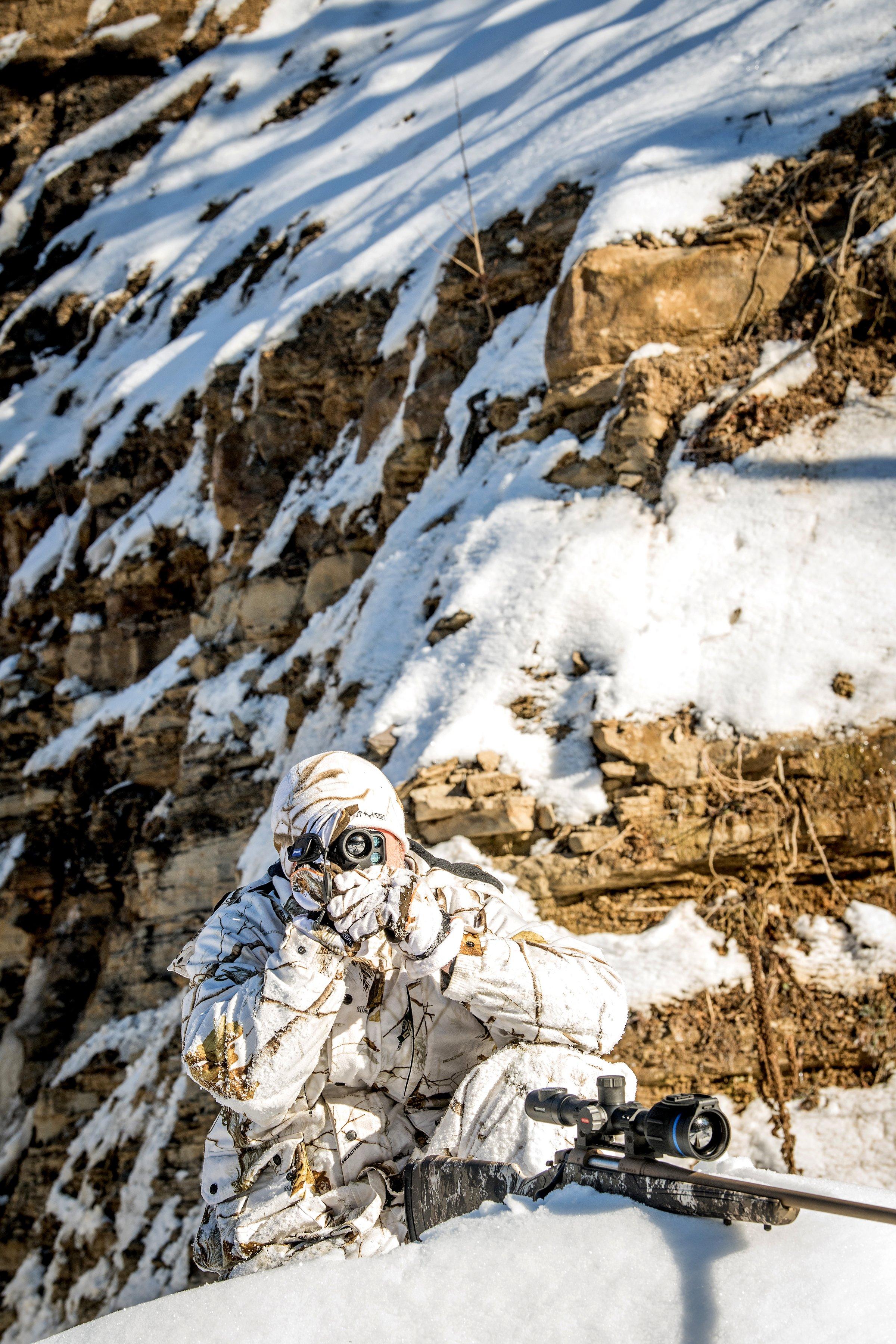
Set up near features that attract coyotes, but make sure to consider the wind and thermals. Photo by Pulsar.
Don’t Miss: How to Pick the Right Sounds When Calling Coyotes
Suppressors and thermals also allow you to hunt quietly in complete darkness. In many areas, you might be hunting legally, but at the first sound of a rifle shot, someone is likely to look out their window, see a light, and imagine the worst. I was coyote hunting one night about 30 years ago on my own farm and was alarmed to see four sets of headlights bearing down on me. I was even more alarmed when game wardens and sheriffs jumped from their vehicles and demanded I drop the gun and remain still. The situation was resolved quickly, and a police officer explained that someone reported seeing people on our property shooting deer with rifles that night (it turned out to be a well-intentioned neighbor who left a message to the same effect on my answering machine), but it was still a hassle. Thermals and suppressors don’t irritate neighbors the way lights and unsuppressed rifles do, and that reduces the number of conflicts you’ll have while coyote hunting.
STICK WITH IT
It’s easy to get frustrated and quit hunting coyotes, especially when you’re trying to earn your degree against dogs who already have a degree in avoiding humans. Remember, though, that you are hunting one of the smartest animals on the planet — a clever critter that has been revered as a trickster by Native American tribes for thousands of years. Outwitting a coyote isn’t easy, especially a dog that’s been shot at before.
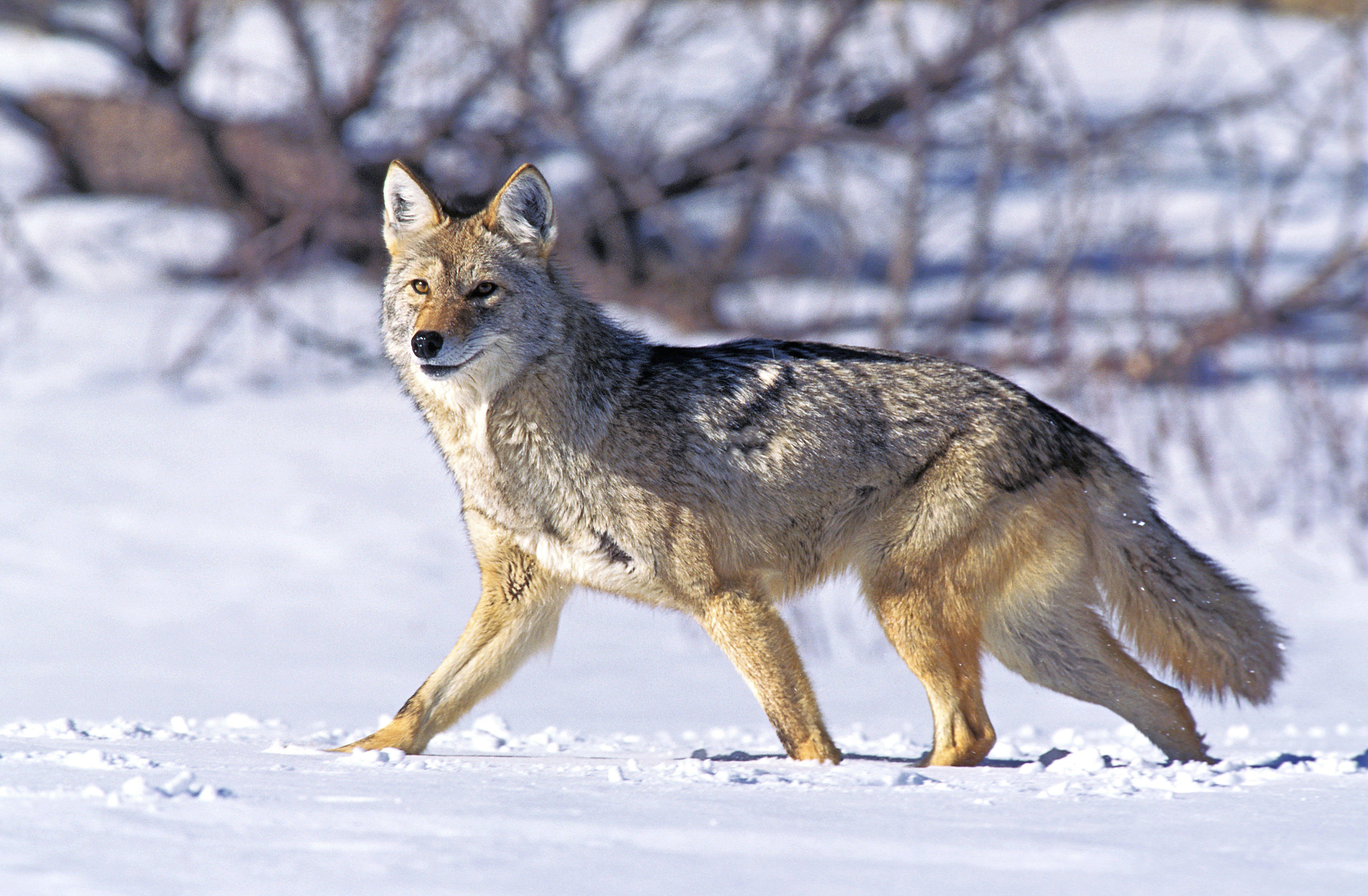
Outwitting clever coyotes requires hours spent learning their habits and patterns in the areas you hunt. Photo by slomotiongli.
Of all the coyote hunting tips I’ve read, I think the best advice is this: Wisdom is the best tool for killing coyotes, but wisdom is only acquired by hours of failure. It takes time, but as you get to know the habits and patterns of coyotes in your part of the country, you’ll get it. Sure, you’ll spend a lot of nights sitting in the cold and probably drive many miles propped up on high-caffeine coffee with little to show for your effort. But that’s how you earn your stripes.
You have to get to know how coyotes in your neighborhood act, and that might be different than what coyotes in Wisconsin or Georgia or Arizona are doing. Let me be the first (and perhaps only) person to encourage you to keep working until you find out which tactics work wonders on the coyotes near you. Through the years, you’ll revise and refine your approach, but you’ll never know all the coyote’s secrets. They’re far too clever for that, and that’s what makes them so much fun to hunt.




